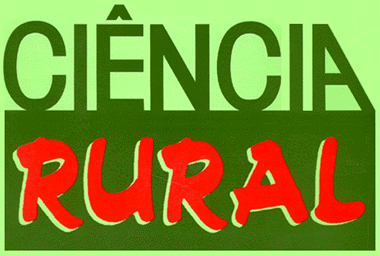person Victor Manuel Ocaño-Higuera
person Nathaly Montoya-Camacho
person Enrique Marquez-Rios
school Departamento de Investigación y Posgrado en Alimentos, UNISON, Hermosillo, Sonora, México.UNISONMexicoHermosillo, Sonora, Mexico Departamento de Investigación y Posgrado en Alimentos, UNISON, Hermosillo, Sonora, México.
person Maria Teresa Sumaya-Martinez
school Unidad de Tecnología de Alimentos, Secretaría de Investigación y Posgrado, Universidad Autónoma de Nayarit (UAN), Ciudad de la Cultura "Amado Nervo", Blvd, Tepic-Xalisco S/N, CP 63155, Tepic, Nayarit, Mexico.Universidad Autónoma de NayaritMexicoTepic, Nayarit, Mexico Unidad de Tecnología de Alimentos, Secretaría de Investigación y Posgrado, Universidad Autónoma de Nayarit (UAN), Ciudad de la Cultura "Amado Nervo", Blvd, Tepic-Xalisco S/N, CP 63155, Tepic, Nayarit, Mexico.
person Leticia Monica Sanchez-Herrera
school Unidad de Tecnología de Alimentos, Secretaría de Investigación y Posgrado, Universidad Autónoma de Nayarit (UAN), Ciudad de la Cultura "Amado Nervo", Blvd, Tepic-Xalisco S/N, CP 63155, Tepic, Nayarit, Mexico.Universidad Autónoma de NayaritMexicoTepic, Nayarit, Mexico Unidad de Tecnología de Alimentos, Secretaría de Investigación y Posgrado, Universidad Autónoma de Nayarit (UAN), Ciudad de la Cultura "Amado Nervo", Blvd, Tepic-Xalisco S/N, CP 63155, Tepic, Nayarit, Mexico.
person Rosendo Balois-Morales
school Unidad de Tecnología de Alimentos, Secretaría de Investigación y Posgrado, Universidad Autónoma de Nayarit (UAN), Ciudad de la Cultura "Amado Nervo", Blvd, Tepic-Xalisco S/N, CP 63155, Tepic, Nayarit, Mexico.Universidad Autónoma de NayaritMexicoTepic, Nayarit, Mexico Unidad de Tecnología de Alimentos, Secretaría de Investigación y Posgrado, Universidad Autónoma de Nayarit (UAN), Ciudad de la Cultura "Amado Nervo", Blvd, Tepic-Xalisco S/N, CP 63155, Tepic, Nayarit, Mexico.
person Francisco Javier Castillo-Yañez
person Gerardo Navarro-Garcia
school Departamento de Investigaciones Científicas y Tecnológicas, UNISON, Hermosillo, Sonora, México. UNISONMexicoHermosillo, Sonora, Mexico Departamento de Investigaciones Científicas y Tecnológicas, UNISON, Hermosillo, Sonora, México.
person Alfonso Nivardo Maeda Martínez
school Centro de Investigaciones Biológicas del Noroeste, S.C., La Paz, B.C.S., Mexico. Centro de Investigaciones Biológicas del Noroeste, S.C., La Paz, B.C.S., Mexico.MexicoMexico Centro de Investigaciones Biológicas del Noroeste, S.C., La Paz, B.C.S., Mexico.
person Edgar Ivan Jimenez-Ruiz

 Qualidade e vida de prateleira da gônada do bivalve pata de leão, transportado e armazenado inteiramente em refrigeração
Qualidade e vida de prateleira da gônada do bivalve pata de leão, transportado e armazenado inteiramente em refrigeração